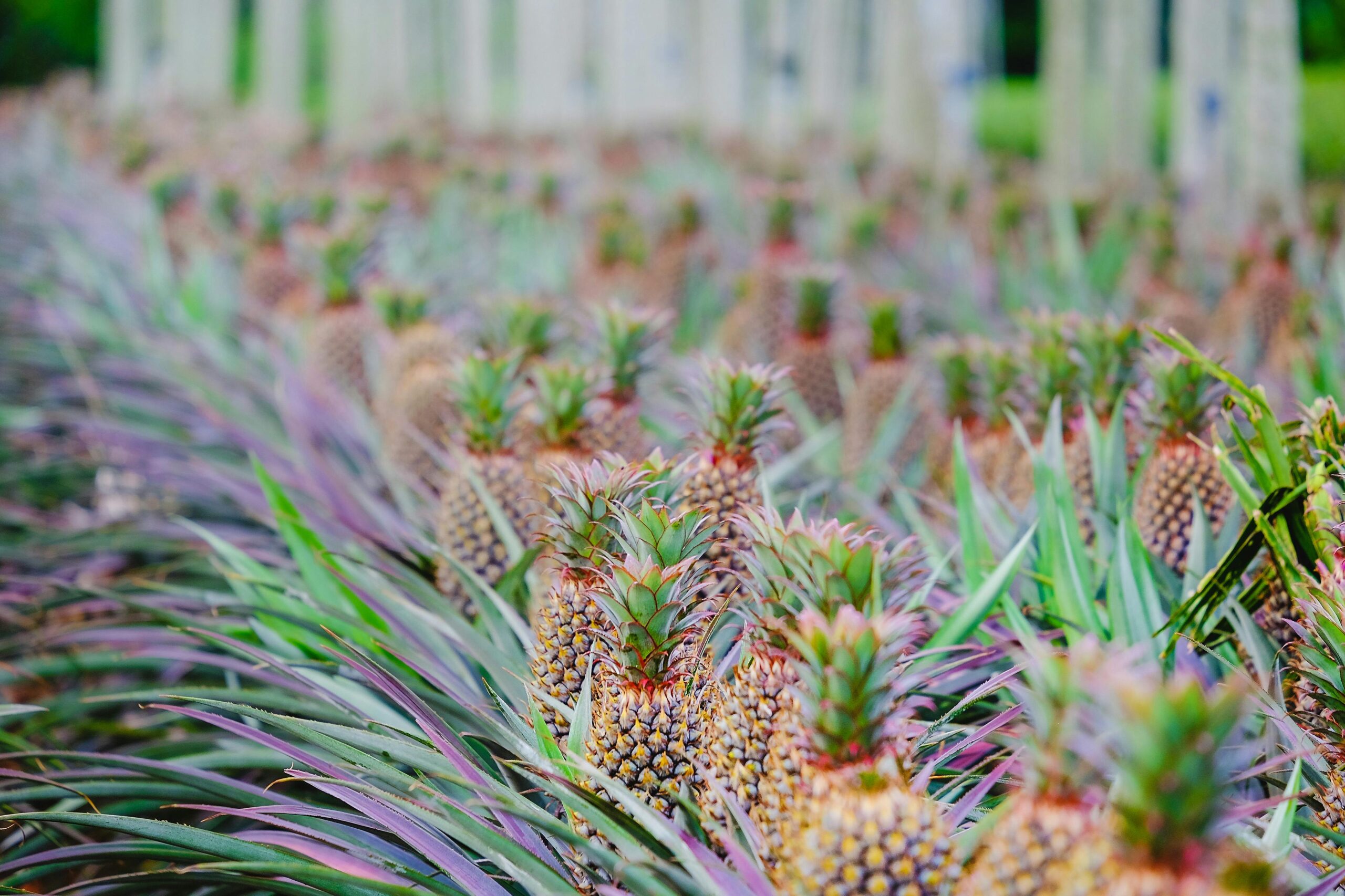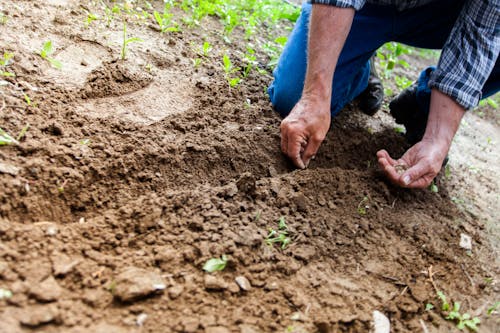Welcome to the world of pineapple plants, where tropical elegance meets indoor gardening. In this comprehensive guide, we’ll explore everything you need to know about nurturing and enjoying your own pineapple plant oasis right in your home.
Introduction

Pineapple plants, known scientifically as Ananas comosus, bring a touch of the tropics to any indoor space. With their spiky foliage and delicious fruit, these plants are both visually stunning and rewarding to grow. Whether you’re a seasoned plant enthusiast or a beginner looking for a new green companion, pineapple plants are sure to delight. Let’s dive into the fascinating world of pineapple plants and learn how to care for these exotic beauties.
Getting to Know Pineapple Plants
Before we delve into care instructions, let’s familiarize ourselves with some key aspects of pineapple plants:
- Botanical Characteristics: Pineapple plants feature long, sword-shaped leaves arranged in a rosette pattern, with a central stem producing a single fruit.
- Light Requirements: Pineapple plants thrive in bright, indirect light. Place them near a south or west-facing window, where they will receive plenty of sunshine without being directly exposed.
- Watering Needs: Maintain moderately moist soil during the growing season, allowing the top inch of soil to dry out between waterings. Reduce watering frequency in winter when growth slows down.
- Temperature and Humidity: Pineapple plants prefer temperatures between 65°F and 85°F (18°C to 29°C) and moderate humidity levels. Provide adequate airflow around the plant to prevent fungal issues.
Selecting and Potting Your Pineapple Plant
Choosing the Perfect Pineapple:
When selecting a pineapple plant, look for the following qualities:
- Healthy Foliage: Opt for a plant with vibrant green leaves and no signs of yellowing, browning, or wilting.
- Fruit Formation: If possible, choose a plant that has already begun to develop a fruit, as this indicates maturity and potential for future harvest.
Potting and Soil:
Use a well-draining potting mix rich in organic matter, such as a blend of peat moss, perlite, and compost. Ensure the pot has adequate drainage holes to prevent waterlogging, as pineapple plants are susceptible to root rot.
Caring for Your Pineapple Plant
Light and Location:

Place your pineapple plant in a bright, sunny location with indirect sunlight, such as near a window. Rotate the plant on a regular basis to promote balanced growth and avoid leaning towards the light source.
Watering and Fertilization:
Water your pineapple plant thoroughly, allowing excess water to drain away. Avoid allowing the plant to stay in standing water, since this might cause root rot. Fertilize regularly during the growth season using a balanced liquid fertilizer diluted to half strength.
Pruning and Maintenance:
Remove any dead or yellowing leaves from the plant’s base to improve ventilation and avoid illness. Trim off spent flowers and fruit stalks once they have finished producing.
Troubleshooting Common Issues
Brown Tips on Leaves:

Brown leaf tips may indicate underwatering, over-fertilization, or low humidity. Adjust your watering schedule and mist the foliage regularly to increase humidity levels.
Stunted Growth:
Slow growth may result from inadequate light, improper watering, or nutrient deficiencies. Ensure your plant receives sufficient light and nutrients, and avoid overwatering to prevent root rot.
Pests and Diseases:
Common pests that may affect pineapple plants include mealybugs, spider mites, and scale insects. Treat infestations promptly with insecticidal soap or neem oil, and isolate affected plants to prevent spread.
Conclusion
With their exotic appearance and delicious fruit, pineapple plants are a captivating addition to any indoor garden. By following the care tips outlined in this guide and addressing any issues promptly, you can cultivate healthy, thriving pineapple plants that will bring joy and beauty to your home for years to come.
FAQs
- How Long Does It Take for a Pineapple Plant to Bear Fruit? Pineapple plants typically take 18–24 months to produce fruit from a mature plant, depending on growing conditions and variety.
- Can I grow a pineapple plant from a store-bought pineapple? Yes, pineapple plants can be propagated from the crown of a store-bought pineapple. Simply remove the crown, allow it to dry for a few days, and then plant it in well-draining soil.
- Do pineapple plants require pollination to produce fruit? No, pineapple plants are self-pollinating and do not require external pollinators to produce fruit. The flowers are pollinated by hummingbirds and bees.
- How Often Should I Repot My Pineapple Plant? Repot your pineapple plant every 1-2 years into a slightly larger container to provide room for root growth and refresh the soil.
- Can I grow pineapple plants hydroponically? Yes, pineapple plants can be grown hydroponically using a nutrient-rich solution instead of soil. Follow established hydroponic gardening practices for the best results.
- Are pineapple plants toxic to pets? Pineapple plants are non-toxic to cats, dogs, and other pets, making them safe additions to pet-friendly households.



